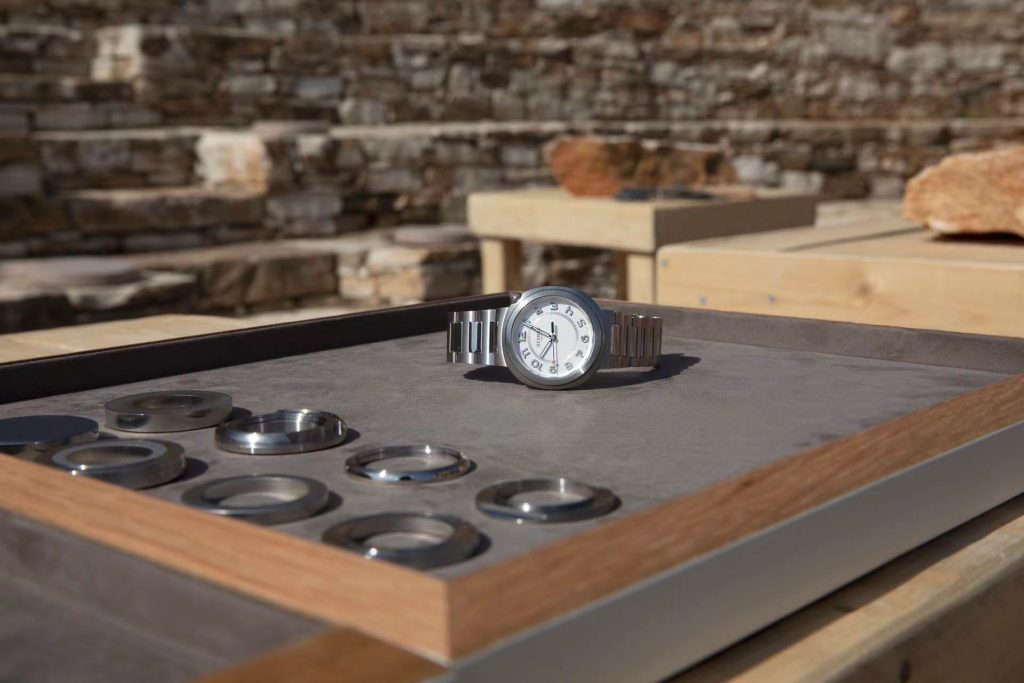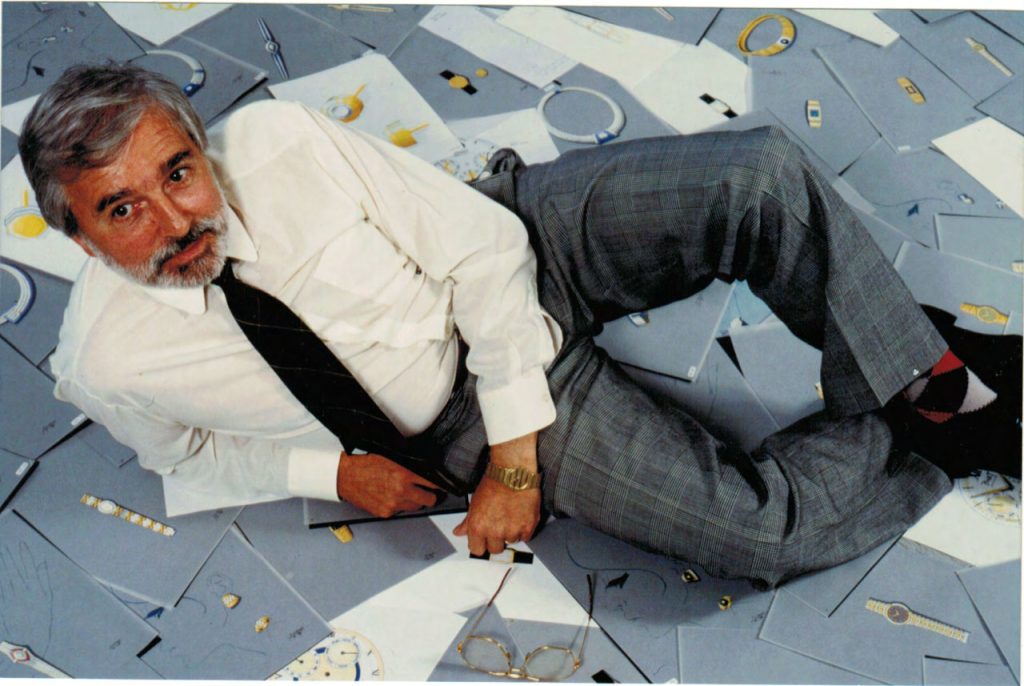DESIGNER SERIES – GERALD GENTA
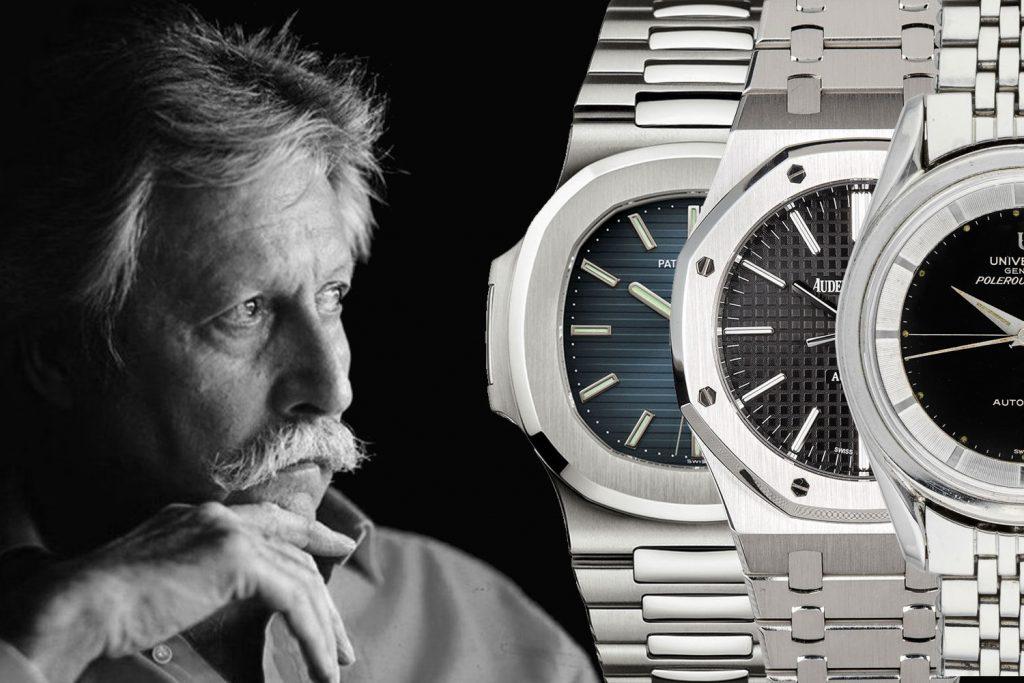
We often come across timeless designs that possess a rich history yet remain remarkably fresh. Have you ever stopped to ponder that these designs are actually the creations of visionary designers? Before we delve into the main focus of this article, let’s take a moment to explore some classic examples.
The Solomon R. Guggenheim Museum in New York, designed by renowned architect Frank Lloyd Wright and completed in 1959, still exudes a modern and even futuristic appeal despite the passing of 60 years. Similarly, iconic furniture pieces like the Eames Lounge Chair and Le Corbusier Chair continue to adorn contemporary homes and interior designs. These designs stand the test of time due to their forward-thinking nature and timeless allure.
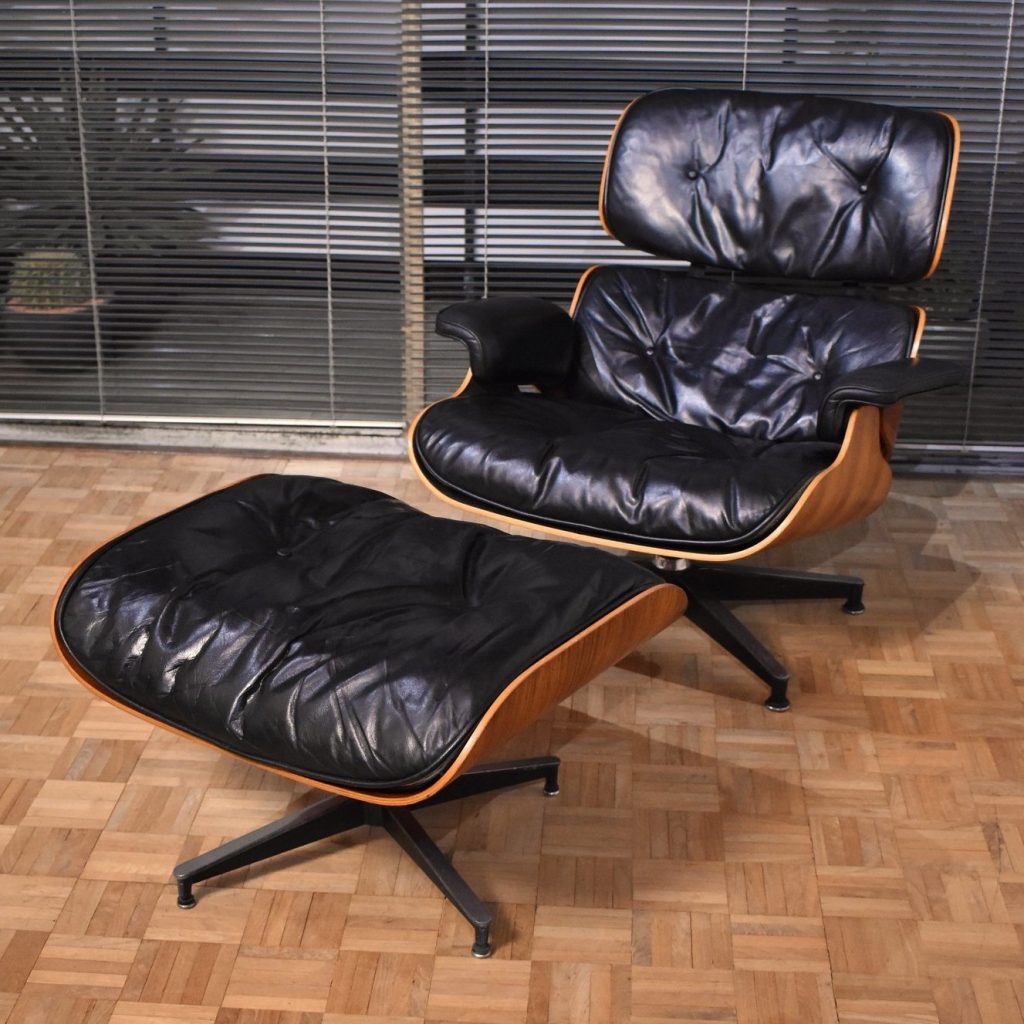

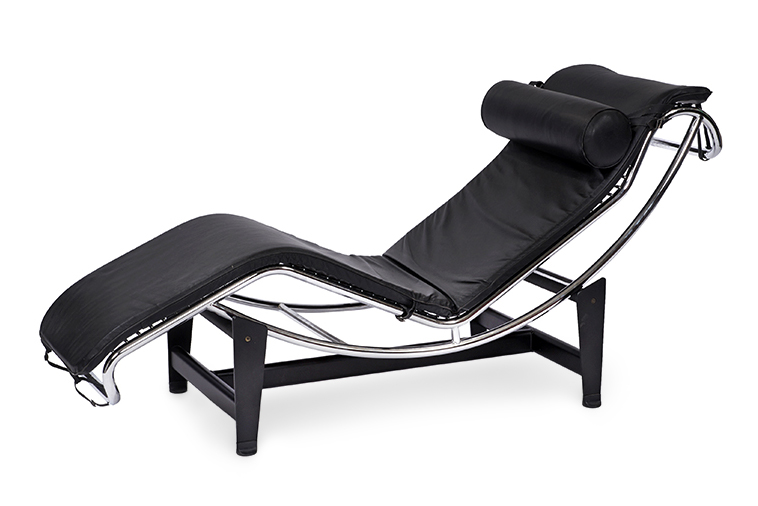
But what about the world of watches? Are there timepieces that possess the ability to resist the aging process and remain timeless even after decades? The answer lies within the realm of watches, such as Rolex sports watches that have seen minimal changes over the years, with only slight adjustments of 1-2mm in size. Another example is Omega’s Speedmaster, the case design has remained largely unchanged since the 1960s, a rarity in the watch industry. These series-based watches exude enduring appeal. Now, let’s explore the designs of Gérald Genta.
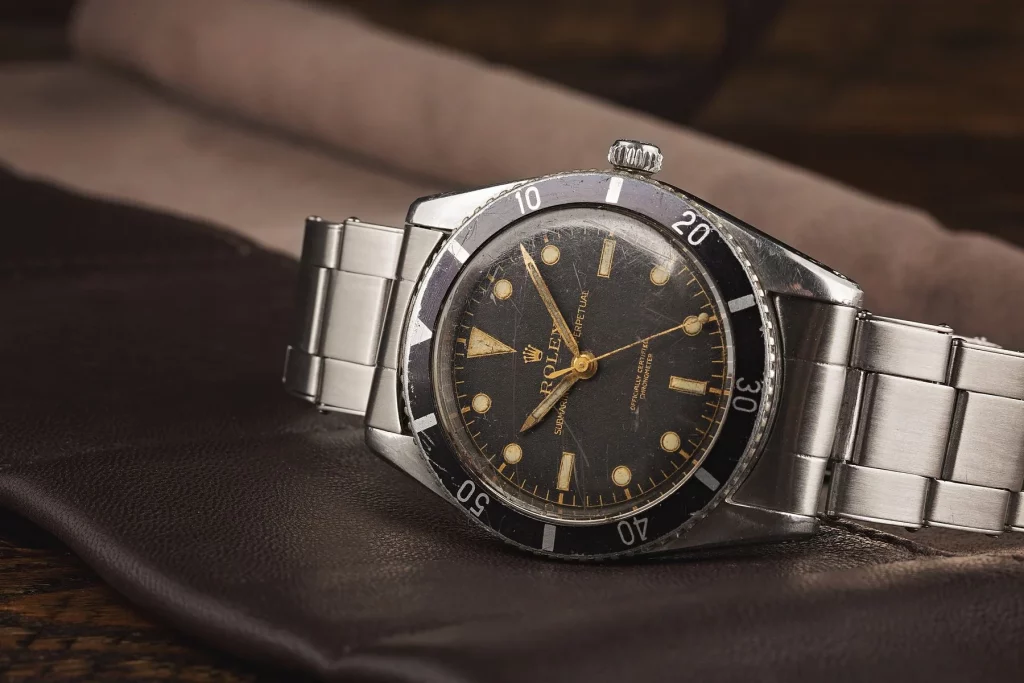
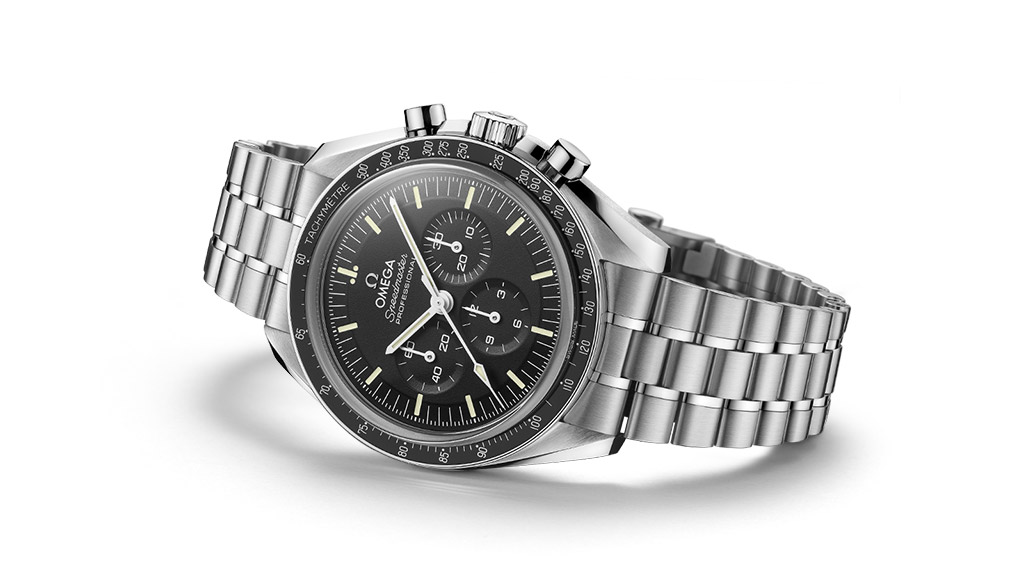
Gérald Genta, a Swiss designer, was born in Geneva in 1931. After completing his jewelry design certification at the age of 20, he was hired by Universal Genève. While Universal Genève still operates today, its current product lineup has undergone significant transformations compared to Genta’s time with the company. Universal Genève was most active in the 1940s and 1950s, and it was during this period that Genta joined their ranks. At the young age of 23, Genta embarked on his first project – designing watches for SAS Airlines. These watches needed to be highly resistant to magnetism to withstand the strong magnetic fields encountered during flights crossing the Arctic region. The result was the Polerouter, which not only marked Genta’s debut work but also became the brand’s first watch to feature a micro-rotor. Although production of the Polerouter ceased in the 1960s, it continues to hold a special place in the hearts of Genta enthusiasts to this day.

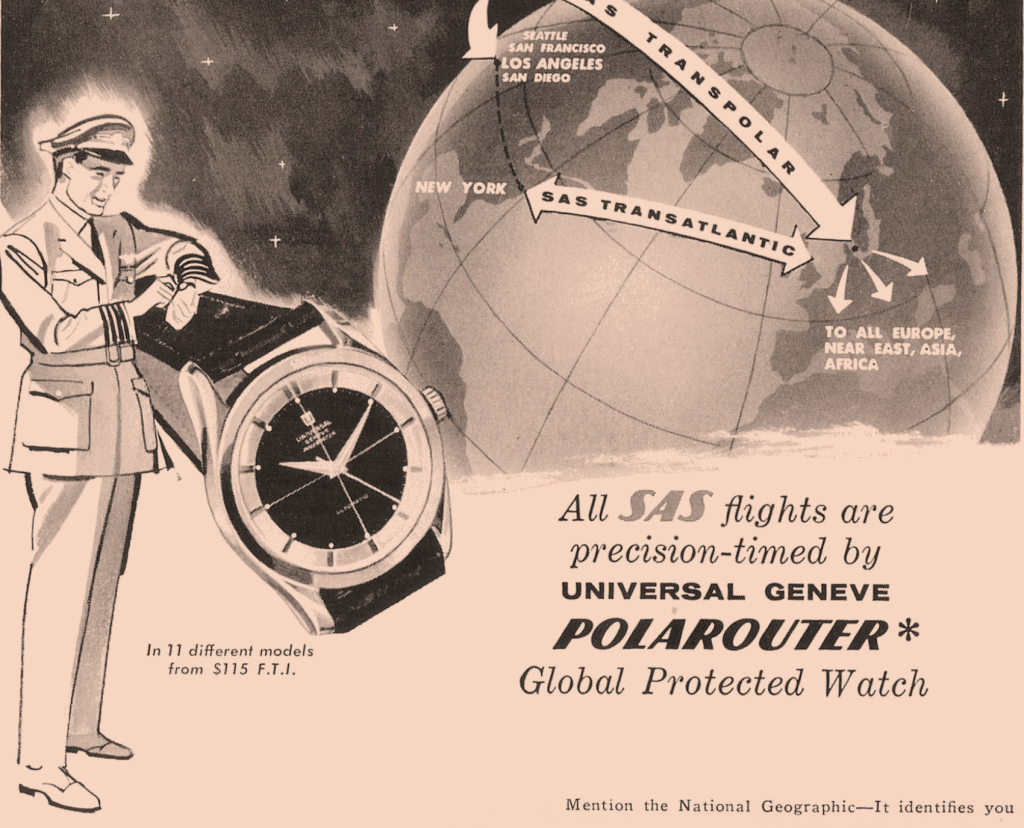
Genta went on to design numerous iconic timepieces, with several standout creations being the 1972 Audemars Piguet Royal Oak and the 1976 Patek Philippe Nautilus. These two watches showcased Genta’s passion for the maritime theme, incorporating elements reminiscent of seafaring adventures, and created quite a buzz when they were introduced in the 1970s. The Nautilus, in particular, showcased a design unlike anything seen before in Patek Philippe’s collection, allowing the brand to establish a new production line without encroaching on their existing models. Similarly, the Royal Oak boasted a distinctive design that deviated from Audemars Piguet’s traditional watches, and initially faced some resistance upon its release. However, both these series have not only gained popularity but have also become highly sought-after in the present day.
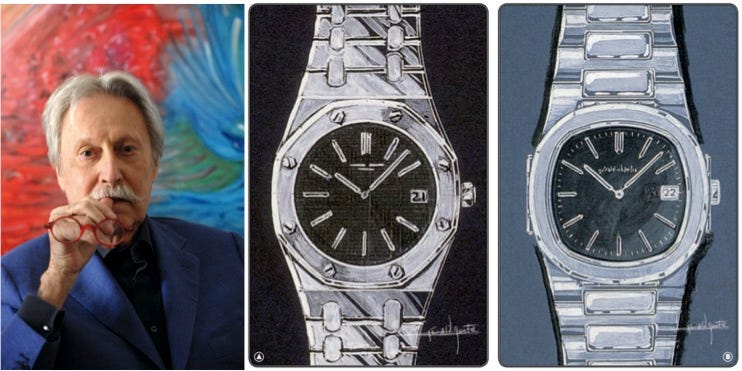

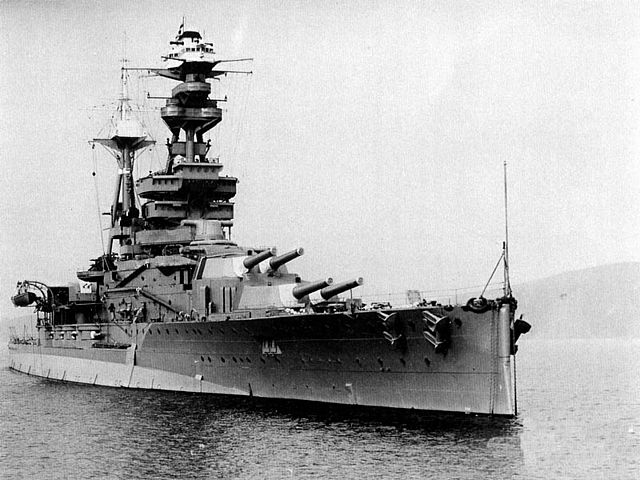
In addition to these two iconic timepieces, Genta created several other noteworthy designs, although they may not receive as much recognition. For example, the Nautilus was not Genta’s first collaboration with Patek Philippe; that honor belongs to the Golden Ellipse introduced in 1968. This timepiece featured an oval case with hidden lugs, which was a departure from Patek Philippe’s traditional design language at the time. Furthermore, in 1959, Genta designed the Constellation for Omega, and in 1976, he created the Ingenieur for IWC, with the latter emphasizing anti-magnetic capabilities, distinct from the modern Ingenieur models. Another notable creation by Genta was the Pasha, designed for Cartier in 1985, which has seen a recent reimagining.
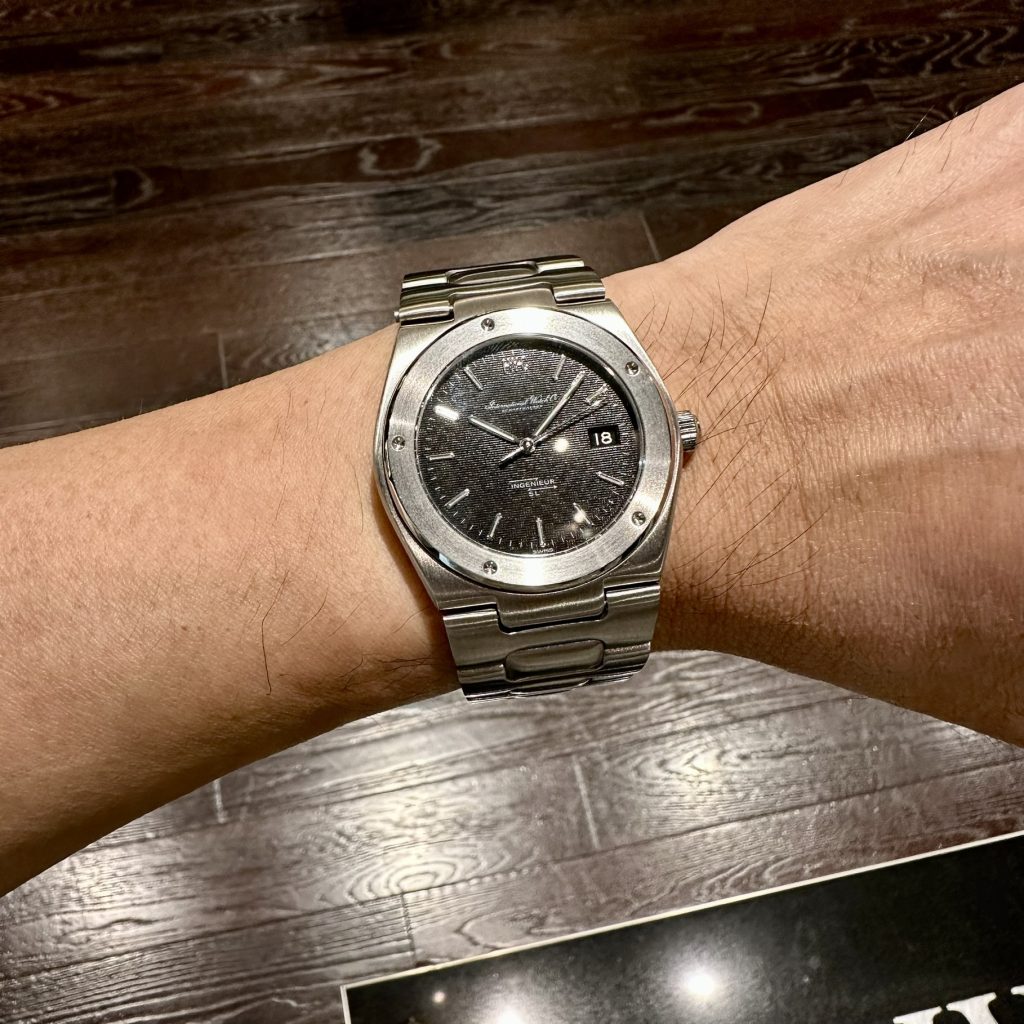
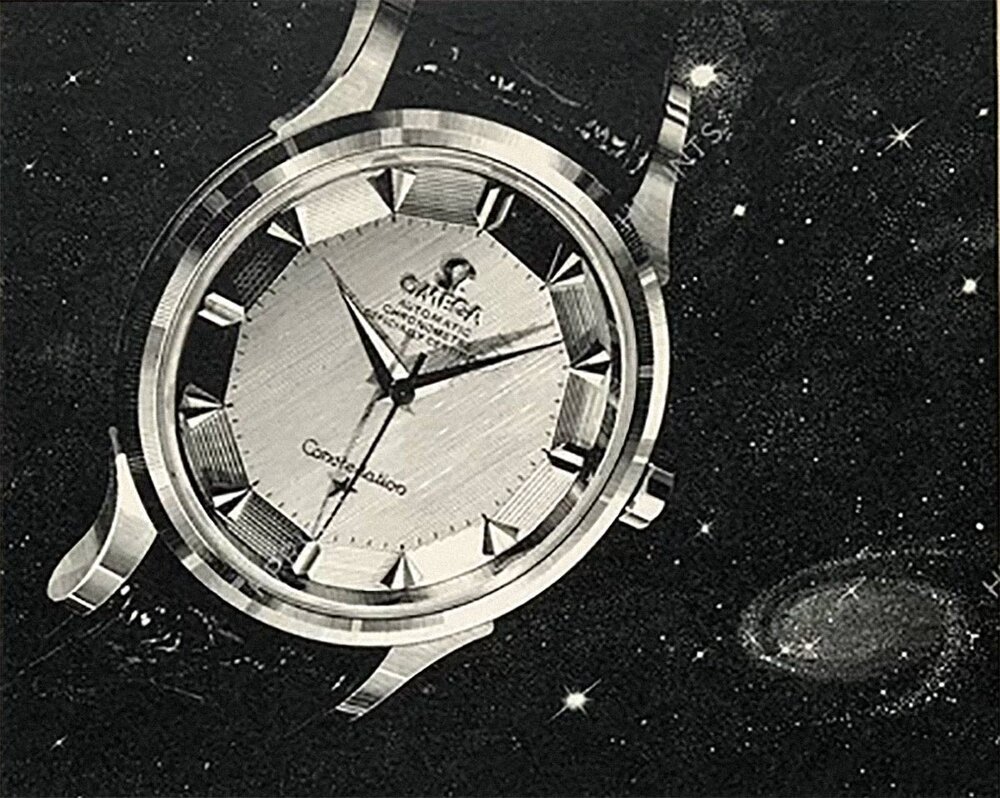
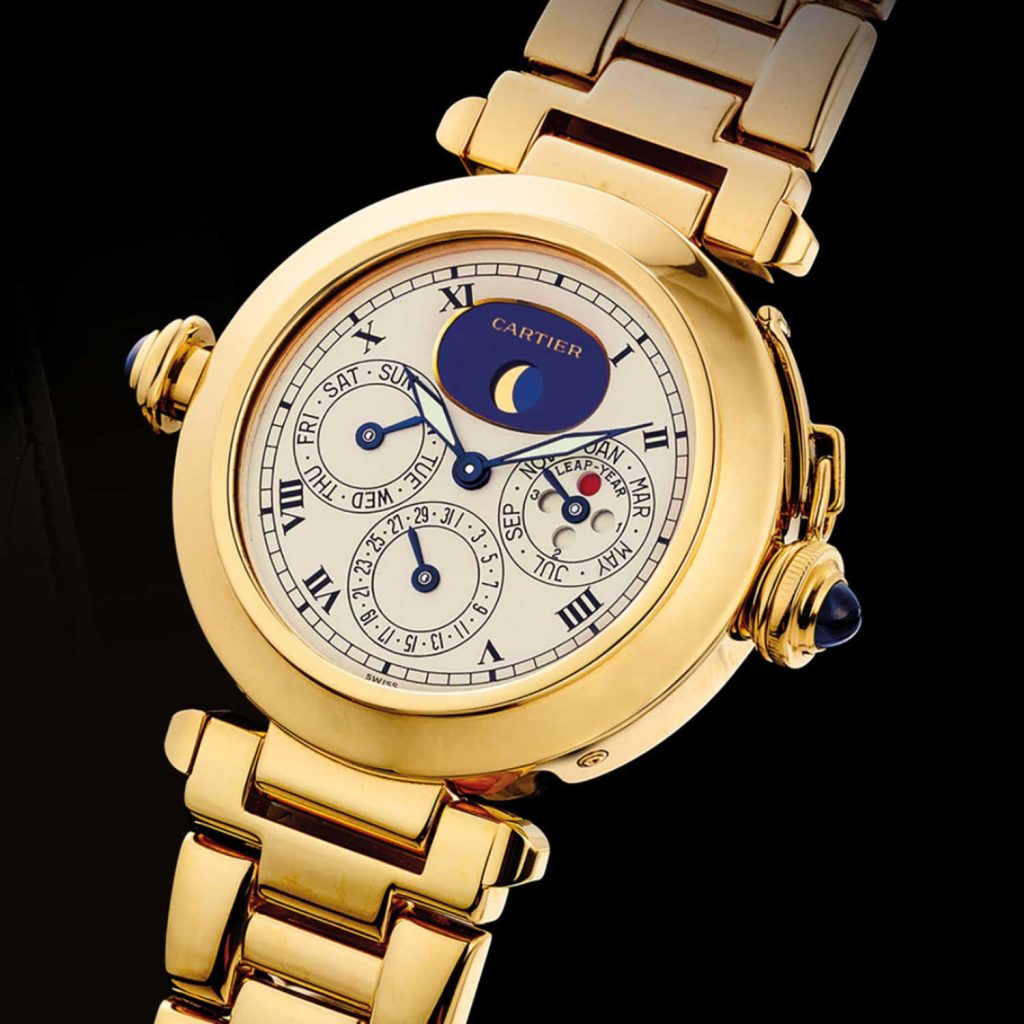
If you’re interested in collecting timepieces by this master designer, you may be concerned about their availability and high prices. However, in the 1960s, Genta established his eponymous brand, offering unique creations with octagonal shapes, albeit with mixed reception. The brand’s most well known piece, the “Mickey Mouse Watch,” is reasonably priced and worthy of consideration for collectors. It’s worth mentioning that Bvlgari acquired the Gérald Genta brand in 2000, and as a result, some Bvlgari watches carry Genta’s design DNA, such as the Octo. Additionally, Genta was involved in the design of the Bvlgari Bvlgari, but those watches were created before the acquisition.
At the time of the acquisition, Gérald Genta was already 69 years old. Just when one might expect him to retire and savour his accomplishments, he swiftly launched a new brand, Gerald Charles. Gérald Genta passed away in August 2011 at the age of 80, leaving behind a legacy of shining in the world of watches and designing one iconic timepiece after another. He rightfully holds the title of one of the most significant watch designers of the 20th century.

